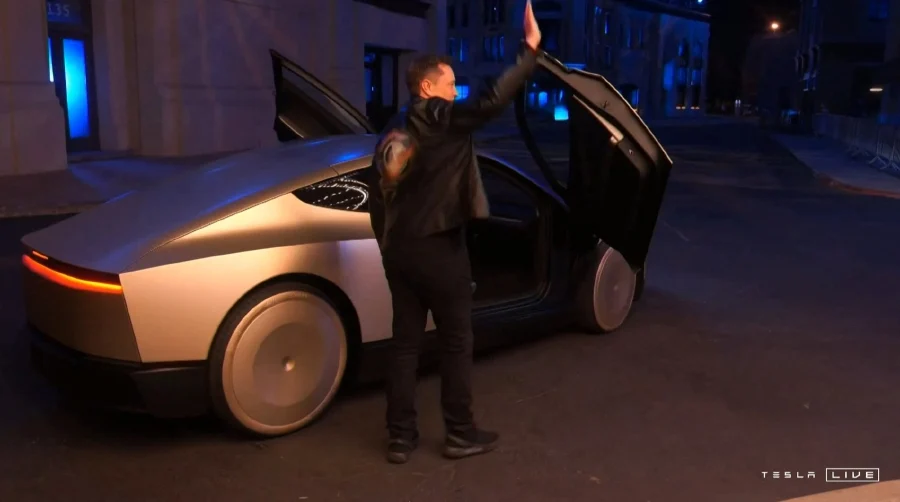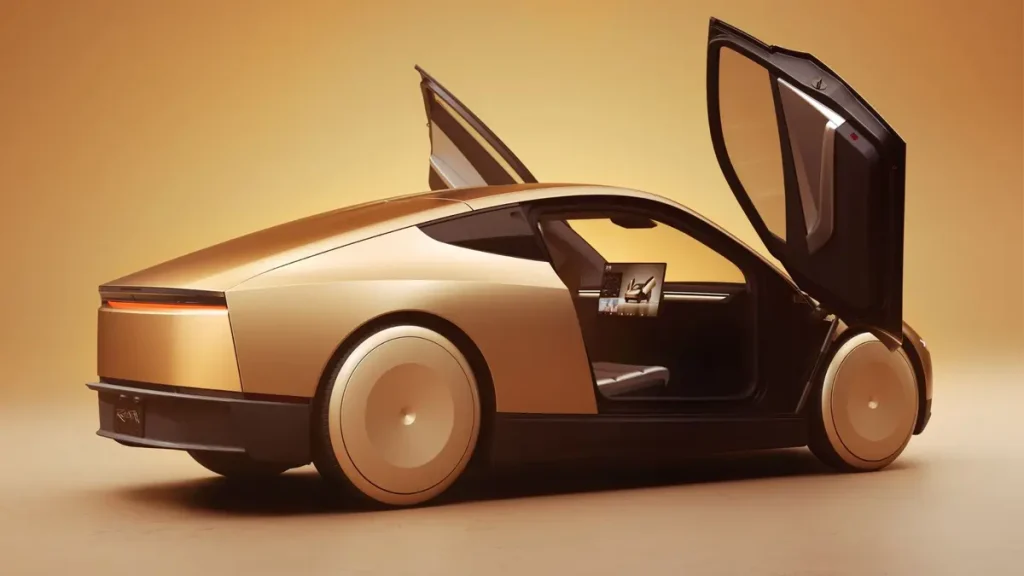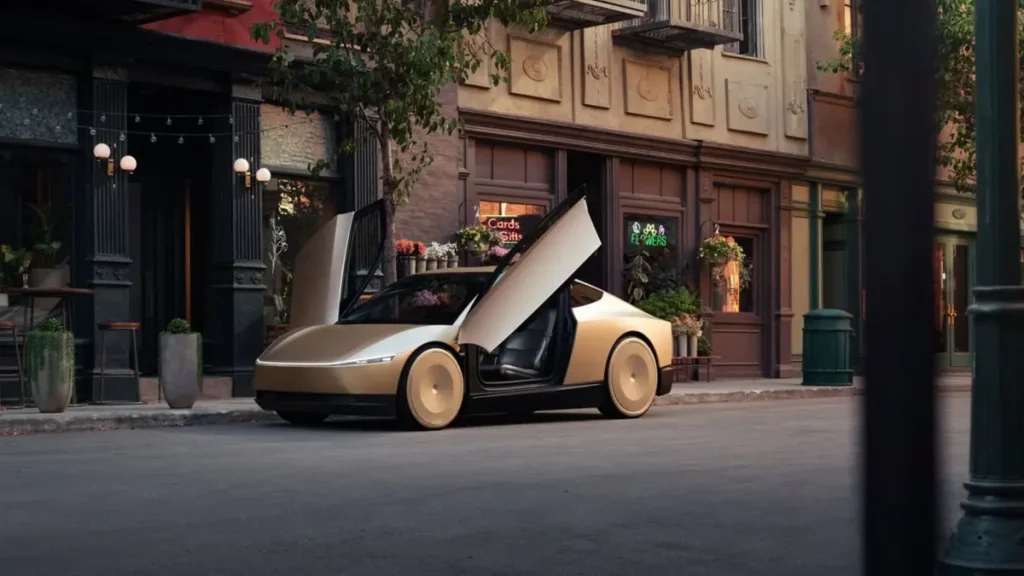Last week, Tesla showcased its eagerly anticipated Cybercab, a robotaxi poised to revolutionize transportation.
However, the reaction on Wall Street was far from positive, as Tesla’s stock experienced a significant decline.

The unveiling happened on a Thursday night amidst much fanfare, but investors were not swayed, leading to a 9% drop in the company’s stock during premarket trading on Friday.
Once markets opened, the stock stabilized to a decline between 7.5% and 8.5%, indicating a challenging road ahead for Elon Musk’s influence over investors.

Analysts are pointing to several factors that might have contributed to the stock’s plunge. One primary concern is Tesla’s uncertain timeline for rolling out the Cybercab.
Musk proposed that production might begin in 2026 or “before” 2027. Yet, he also admitted that his predictions often lean towards optimism, leaving investors uneasy.
The proposed timeline stretches into the future, leaving many questions about Tesla’s ability to deliver a truly autonomous vehicle.

Notably, there was little information provided that could offer any immediate financial gains, disappointing those looking for short-term results.
Gene Munster, a partner at Deepwater Management, noted that without a clear timeline, new investors remain unlikely to commit, and existing investors are left waiting indefinitely.
Another factor contributing to investor dissatisfaction is the absence of detailed plans for the affordable $25,000 electric vehicle.
Analysts had expected updates on this pivotal initiative, which they believe is crucial if Tesla wants to increase its sales following the costly Cybertruck launch.
Instead, speculative concepts like a large “robovan” prototype were introduced, diverting attention from the smaller, budget-friendly vehicles investors had hoped to learn more about.
Barclays analysts pointed out a lack of updates regarding Tesla’s Full Self-Driving technology — a significant blow, given investors’ high expectations for progress in this area.
The company’s ability to position itself as a leader in AI, essential for its self-driving ambitions, was also questioned by analysts at Morgan Stanley.
Remember, Musk had previously promised that by 2020, Tesla would have a million fully autonomous robotaxis on the road.
The gap between past promises and reality fueled skepticism. Ross Gerber, CEO of Gerber Kawasaki, urged Tesla to prioritize selling more EVs over the next two years, rather than relying on uncertain tech breakthroughs.
As Tesla navigates these challenges, the company must balance innovation with realistic expectations.
Investors are keenly watching how quickly and effectively Musk can turn his expansive visions into tangible vehicles, ready to hit the road.
